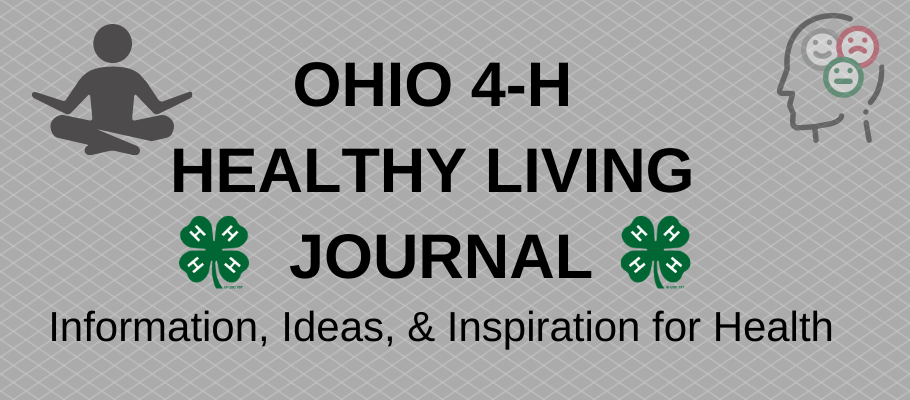Physical activity is one part of being fit and healthy. According to the Physical Activity Guidelines for Americans, children and adolescents should do 60 minutes or more of physical activity every day. You don’t even have to do 60 minutes all at once. The first key guidelines is move more and sit less!
There are many activities you can do to be fit at home. Let’s break it down into the different types of activities you can do.
Recipe for Physical Fitness
- Flexibility activities
- Aerobic activities
- Muscle-building activities
- Bone-strengthening activities
- Flexibility:
- What are they: These activities help your joints and muscles move easily.
- Examples: forward bends, toe touches, shoulder rolls, knees to chest, yoga poses. Stretch slowly and smoothly; don’t bounce.
- How often: Stretch to take a break from sitting. If warming up, spend 2-3 minutes doing flexibility exercises. Hold each stretch for at least 10 seconds and increase as time goes on.
- How they help: Stretching keeps your muscles loose and relaxed. Being flexible decreases your chance of getting hurt and prevents you from getting sore. Flexibility exercises can help you warm up before more vigorous activities.
- What are they: These activities help your joints and muscles move easily.
- Aerobic activities: Most of the 60 or more minutes a day should be either moderate- or vigorous-intensity aerobic physical activity.
- What are they: These activities get your heart beating faster!
- Moderate-intensity aerobic: active recreation such as hiking, skateboarding, rollerblading, cross-country skiing, and bike riding; walking; games that require catching and throwing; and house and yard work such as sweeping or pushing a lawn mower
- Vigorous-intensity aerobic: running, active sports, vigorous dancing, aerobics, active games that involve running and chasing, and jumping rope.
- How often: at least 3 days a week
- How they help: Aerobic activities helps your body use oxygen and helps your heart send blood to the muscles.
- What are they: These activities get your heart beating faster!
- Muscle-strengthening activities:
- What are they: These activities involve having muscles work or hold against a force or some weight.
- Examples: push-ups, sit-ups, lunges, squats, lifting weights, and working with resistance bands, a good game of tug-of-war, gymnastics, swinging on the monkey bars, and climbing a tree!
- How often: at least 3 days a week
- How they help: Having strong muscles makes it easier to do everyday tasks. These activities help your balance, coordination, and posture.
- What are they: These activities involve having muscles work or hold against a force or some weight.
- Bone-strengthening:
- What are they: These activities involve an impact (often with the ground) or tension force.
- Examples: running, brisk walking, dancing, stair climbing, tennis, basketball, and volleyball are great for your bones, as are hopping, skipping, and jumping
- Bonus: Many bone-strengthening activities may also help strengthen your muscles and your heart.
- How often: at least 3 days a week
- How they help: Make bones grow and get stronger.
- What are they: These activities involve an impact (often with the ground) or tension force.
Being fit helps your body and your mind. Physical activity helps you to be more alert and helps with your moods. Being fit will help you feel better now and in the future. Let’s get moving today!
Today’s 4-H Journal
Yours in Health,


